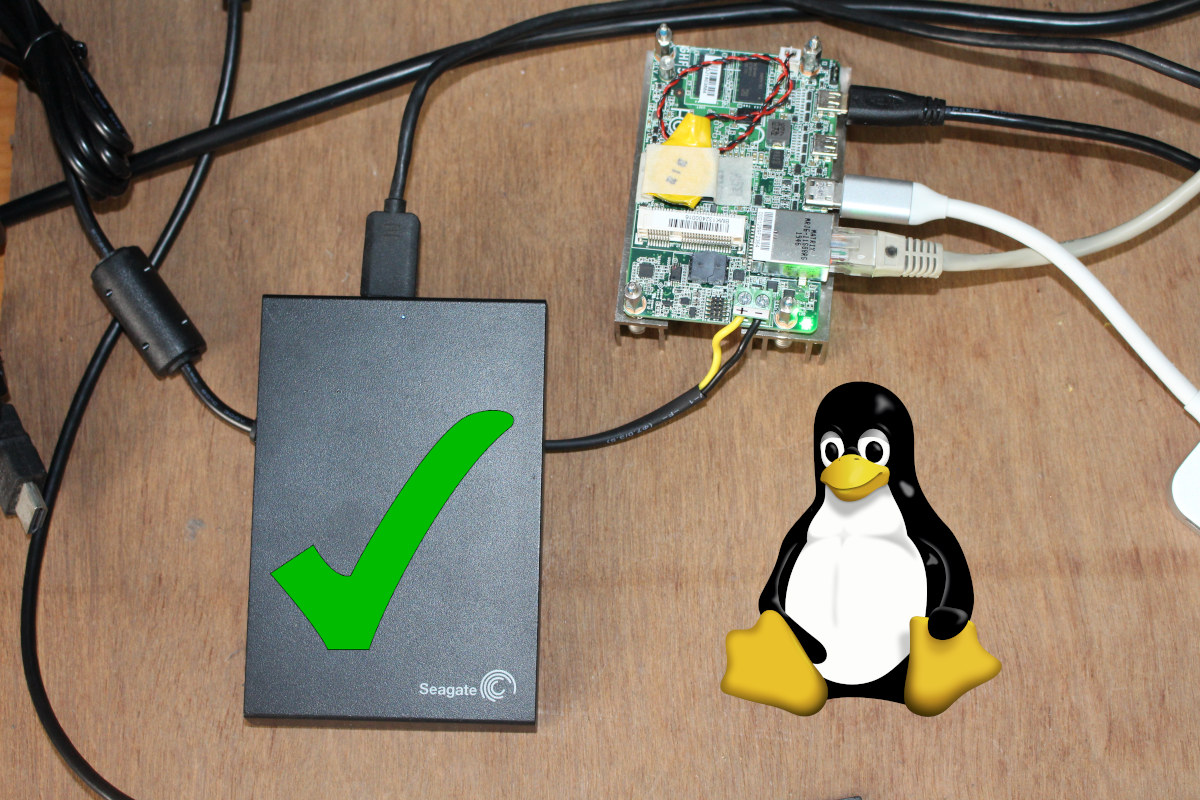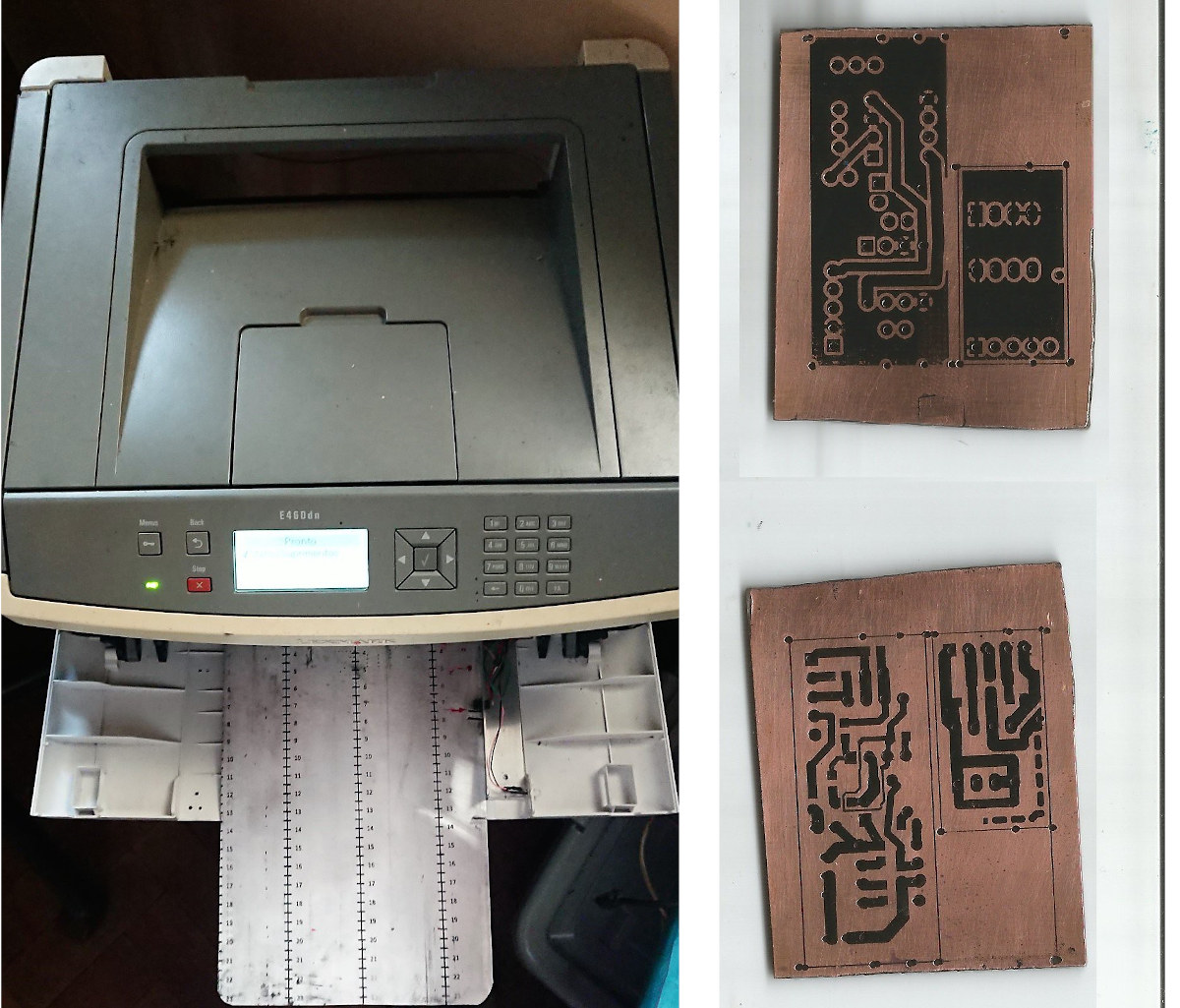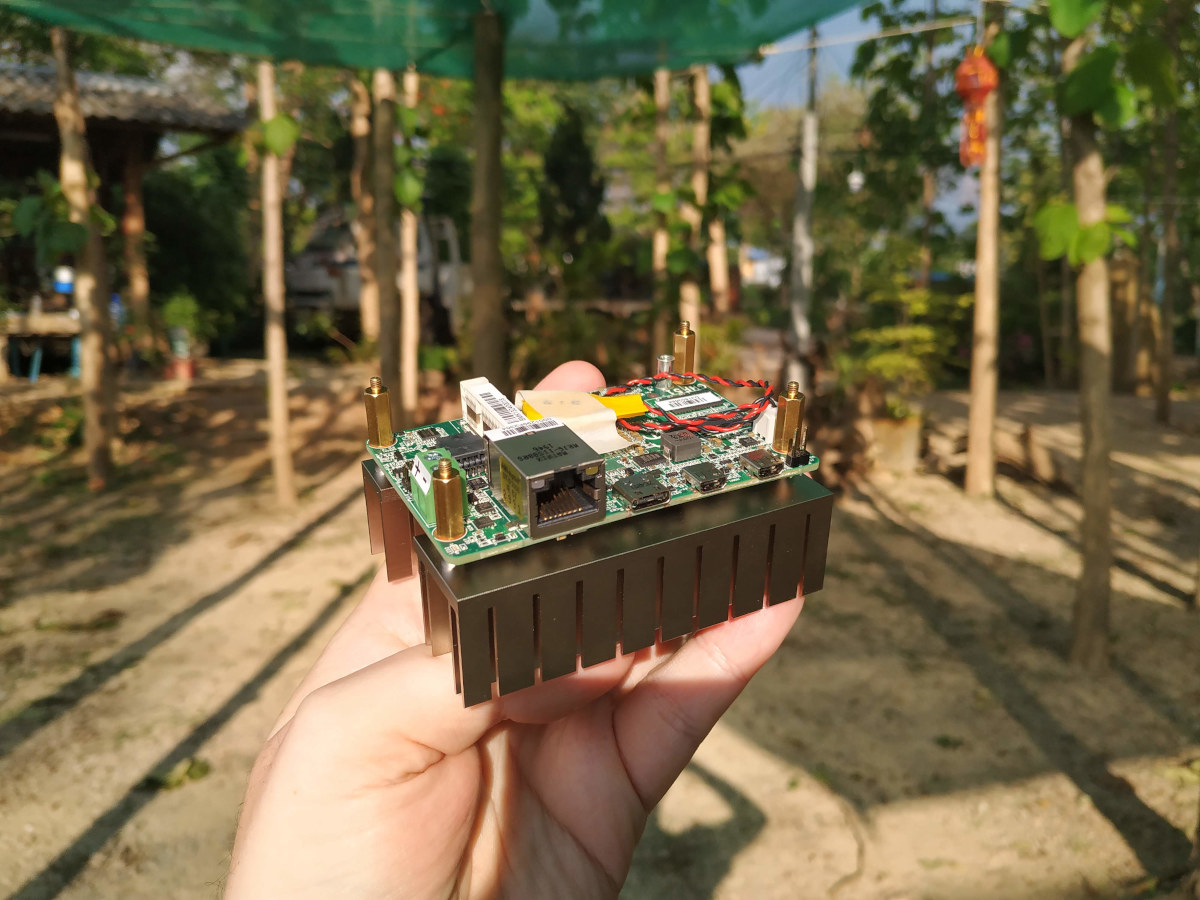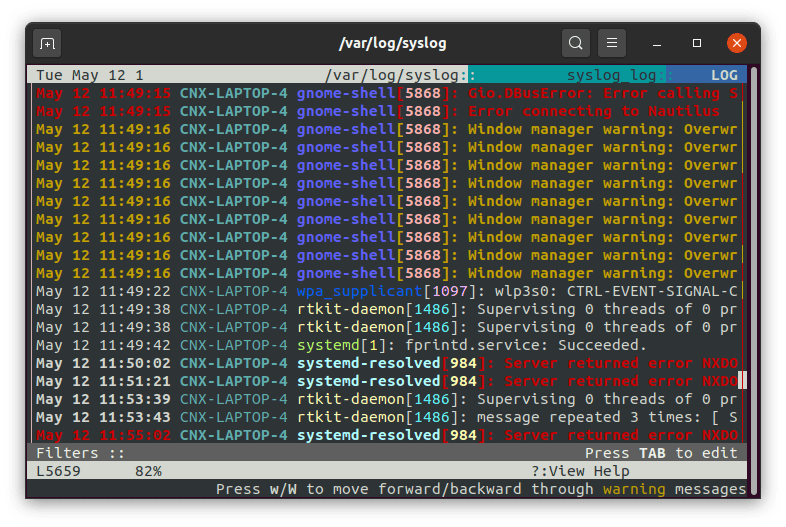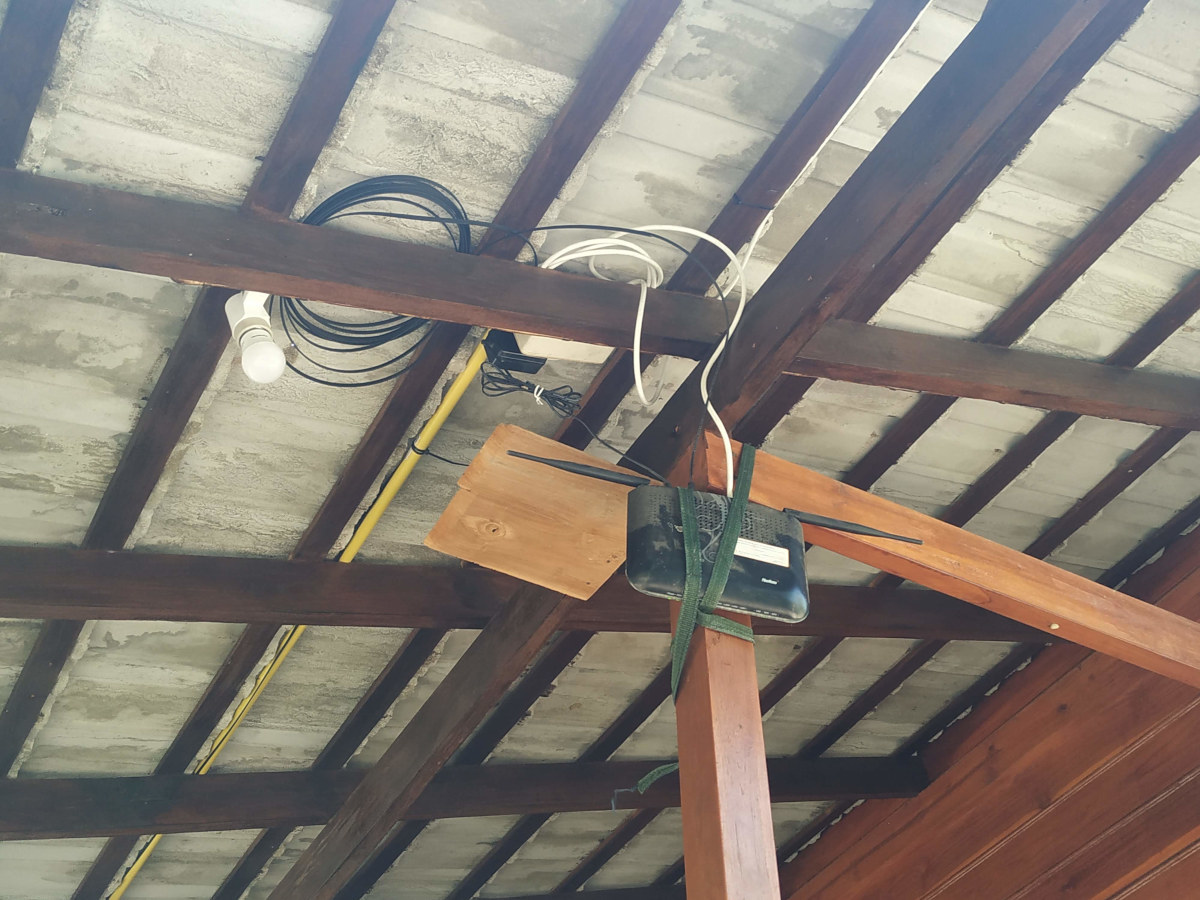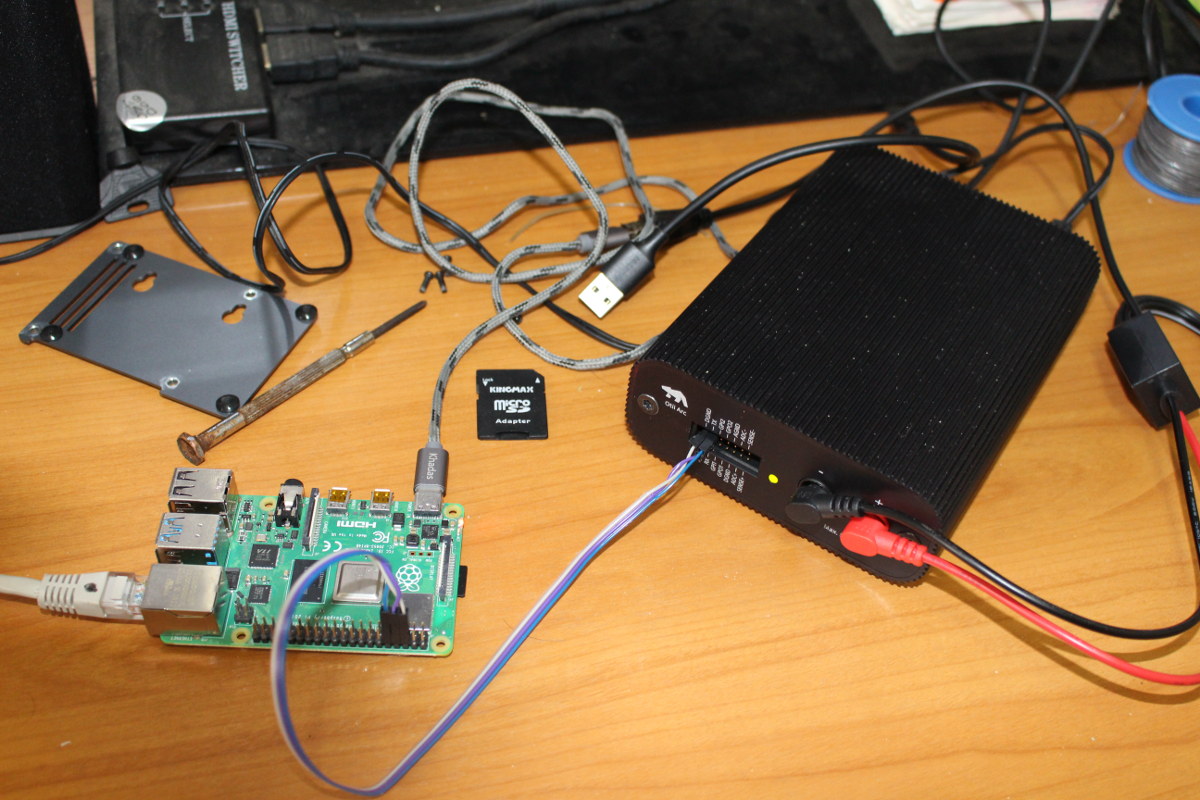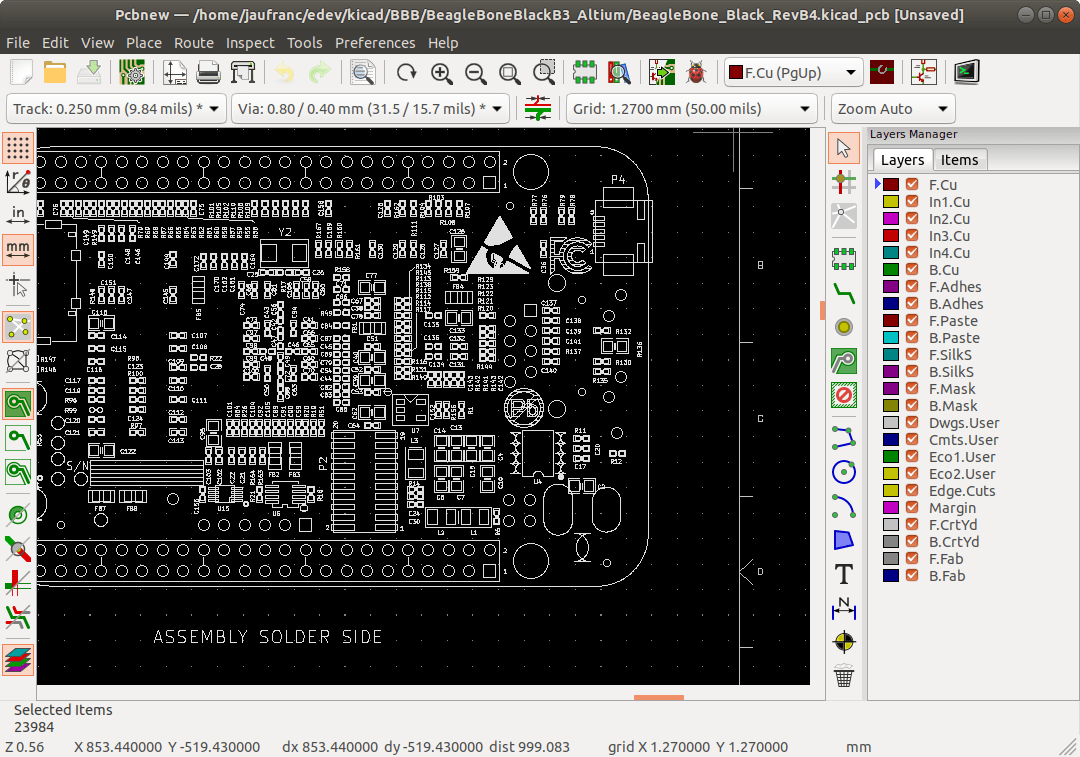Last June, I reviewed a Ryzen Embedded SBC with Windows 10, and the USB hard drive I normally use for review had all sorts of problems including very slow speeds and/or stalled transfers but no error messages. Last week, I tried again by installing Ubuntu 20.04 on the same Ryzen Embedded SBC, and the USB hard drive had troubles again, so just assume there were some hardware incompatibility issues between the SBC and the drive, and there may not be a fix or workaround. Sometimes, it’s indeed a hardware issue with the drive getting too many bad blocks, and if that’s the case, and the drive is still under warranty you can return it and get a fresh new (or refurbished) drive for free. But that drive was still working with my laptop getting around 100MB/s. So I ran out of ideas until numero53 commented he had similar problems with […]
3D Printer Retraction Calibration Vol II – Calibration Generator Program Release
Good day. Karl here. It has been a while since I have submitted any articles. I got burned out and my normal day job picked up considerably. I have been keeping busy but not with anything I would share by itself. I will start out with an update on what I have been up to. You can skip to the 3D printer retraction calibration section with the release of the Calibration Generator tool if you are not interested. What have I been up to? First, I have been doing a lot of gaming. Been playing Fortnite, Red Dead Redemption 2, and some other random games. I am trying hard to keep up with my son. Unraid OS. So many things to explore and learn. Docker, VM’s, and storage. There is so much goodness in this OS. I was able to consolidate several services into one box. I had a standalone […]
Make PCB’s with a Modified Lexmark Laser Printer
PCB manufacturing services are pretty cheap and fast nowadays. But imagine some kind of highly transmissible virus hits the globe, somehow the whole global economy shuts down, and you are stuck alone at home with nothing but a Lexmark laser printer. What can you do? Well, you can make your own PCBs! No paper involved. That’s exactly what Vítor Barbosa did by converting a Lexmark E460(DN) laser printer into a PCB making machine, not because of COVID-19, but instead, because of the price and delays of ordering PCBs in Brazil. Using a laser printing to make your own PCB like take some work, notably to strip the printer of unused parts such as the fuser and fit it with Arduino Nano or Pro Mini board, an aluminum guide, some resistors and more. The modifications are all explained on Hackaday.io, and this is not a new idea as the project was […]
DFI GHF51 AMD Ryzen Embedded SBC Review – Part 1: Unboxing and Assembly
Earlier this year, Taiwan based DFI launched GHF51 Ryzen Embedded R1000 SBC offering some similarities with Raspberry Pi 4 SBC, including a business card form factor, two Micro HDMI ports, and Gigabit Ethernet. But the comparison stopped there, as DFI GHF51 board will vastly outperform the Raspberry Pi 4 boards both in terms of CPU and graphics performance due to AMD Ryzen processor, and DFI embedded board does not target hobbyists nor students, but instead business and industrial customers. The company recently contacted CNX Software, and send GHF51 board with all accessories for review. I was pretty excited since it’s the first AMD Ryzen Embedded SBC that I’ll review, so it should be particularly interesting. I’ve just received the sample and will do a two-part review starting with unboxing and kit assembly, before publishing the second part of the review reporting on my experience with Windows 10 and/or Ubuntu 20.04. […]
Lnav Log Files Navigator Helps You Analyze Log Files in a Mac OS or Linux Terminal
If you have a problem with your computer, you may have to go through log files, or as a software engineer, you may be looking for clues about a bug in a debug or error log. It can be done in any text editor, but there may be a better way thanks to lnav Log Files Navigator that allows checking those files more easily and efficiently in a Mac OS or Linux terminal. The following log files are supported by default even if they are compressed with gzip or bzip2: Common Web Access Log format CUPS page_log Syslog Glog VMware ESXi/vCenter Logs dpkg.log uWSGI “Generic” – Any message that starts with a timestamp Strace lnav is open-source software released under a BSD-2 clause in Github. It’s not new at all as some commits were made in January 2010, but it’s new to me, and hopefully to some of you as […]
How I Quadrupled Internet Speed in a Resort Room… with a Rope
I just temporarily moved into a room, or more exactly a small bungalow, and with my line of work I kind of need decent internet. I was told they had “WiFi”, and when I tried it out, I could log in fine, but the speed was pretty dismissal. I repeated the test close to the router and it achieved speeds I could easily live with. I happened to have a repeater with me, but it did not help as the only place I could plug was just outside my room, right under a roof, and performance was even worse (around 1 Mbps). So I had a closer look at the router installation, about 10 meters from my room, and realized it was basically stuck under a roof, which should block signals somewhat, but I’m just not sure how much… So I moved the router down, letting it hang by its […]
Getting Started with Qoitech Otii Developer Tool using ESP8266 and Raspberry Pi 4 Boards
Last month, I received Qoitech Otii Arc power supply, power meter, and DAQ unit that aims at helping hardware and software engineers develop energy-efficient products. I’ve now had time to test the unit with an ESP8266 board and Raspberry Pi 4 SBC, so I’ll show how to get started and my overall experience with the hardware and program. Requirements and Initial Setup The unit takes a 9V power supply or micro USB adapter as power input, but power output is done through banana plugs. I did not have any cables with banana plugs so I bought one on eBay for about $5 shipped. This cable is really convenient with output to USB (female connector), crocodile clips, and hook clips. However, as we’ll see below it may not be suitable for all types of loads, and you may have to make your own with a higher rated cable. You’ll need to […]
How to Build KiCad on Ubuntu 18.04 / 20.04 and Import Altium PCB Files
KiCad open-source EDA (Electronics Design Automation) suite software is now very popular, and many new projects are designed with the utility. AFAIK, some companies like Olimex switched all their new designs to KiCAD. But since many schematics and PCB layouts have been designed with other tools like EAGLE, Orcad Allegro, or Altium PCB design tools, it would be nice to be able to import those designs into KiCad. Converters have been around for a long time but when I tried to convert Beagleboard-xM OrCAD schematics to import them in KiCAD back in 2012, the results were really awful and unusable. But I recently saw a tweet saying it’s now possible to import Altium files into KiCAD. Finally, importing #altium boards into #kicad is only one click away (in the developer version). This allows to view and edit #opensource #hardware which was designed with #proprietary software, and thus, in fact, not […]


